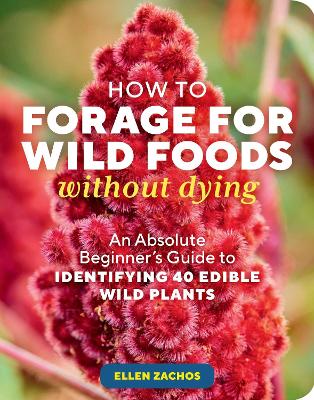Originally posted on my blog Nonstop Reader.
How to Forage for Wild Foods without Dying is a beginner-friendly, accessible, and well written guide to foraging food items from the wild for consumption written and curated by Ellen Zachos. Released 10th Oct 2023 by Hachette on their Storey imprint, it's 250 pages and is available in paperback and ebook formats.
This book has an interesting format in that it presupposes zero previous knowledge on the reader's part, and also divides the plant entries by areas in which they're commonly found. The chapters are thematic: introductory basic info, plants which grow everywhere, green plants in sunny disturbed soil, sun loving trees & shrubs, dappled edges & shady plants, and wet areas. There is also a good chapter with techniques and advice for preserving and using the harvests.
The book uses simple, accessible language as well as lots (and lots!) of clear photos to aid in identification. The author expends considerable effort covering sustainability (don't ever overforage), safety & ID, and responsible use of shrinking communal resources. The book has a North American focus, but many (most) of the plants have a much wider range, so the book will be useful to readers from outside North America.
Five stars. This would be a good choice for public or school library use, gifting, home use, for community/allotment gardens, activity groups and smallholders/self-sufficiency folks.
Disclosure: I received an ARC at no cost from the author/publisher for review purposes.
Reviewed by annieb123 on
Reading updates
- 23 October, 2023: Started reading
- 23 October, 2023: Finished reading
- 23 October, 2023: Reviewed
